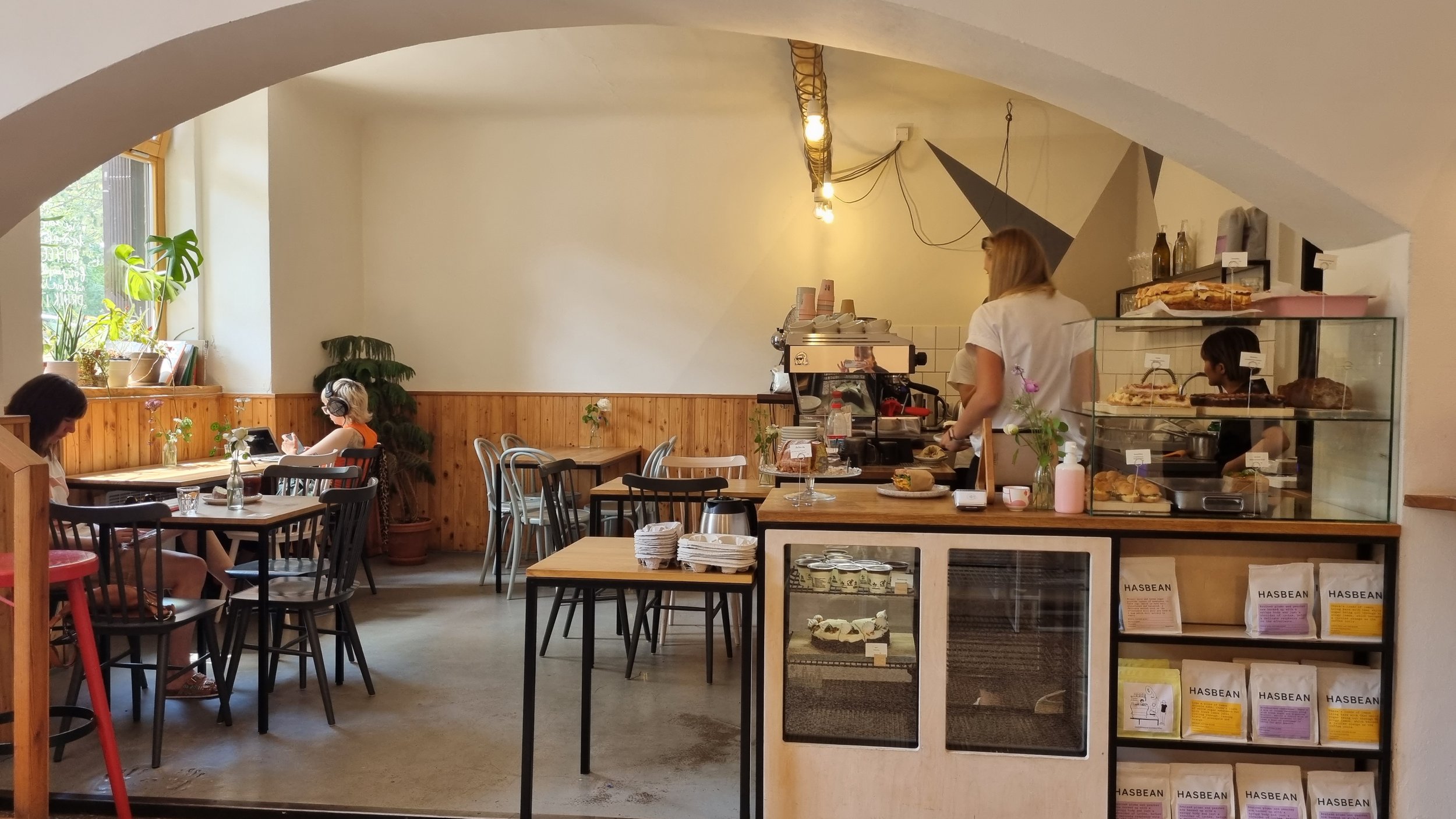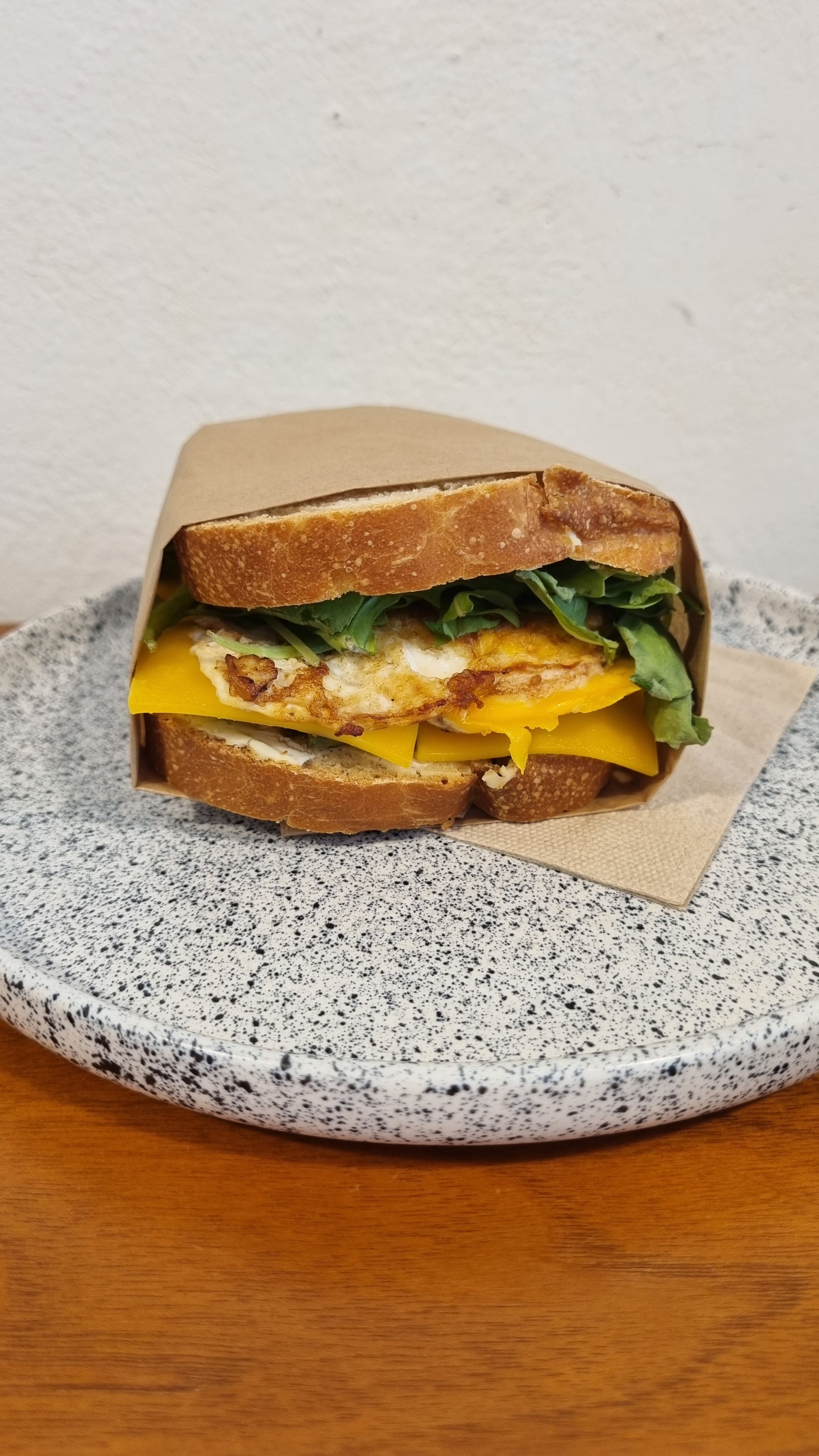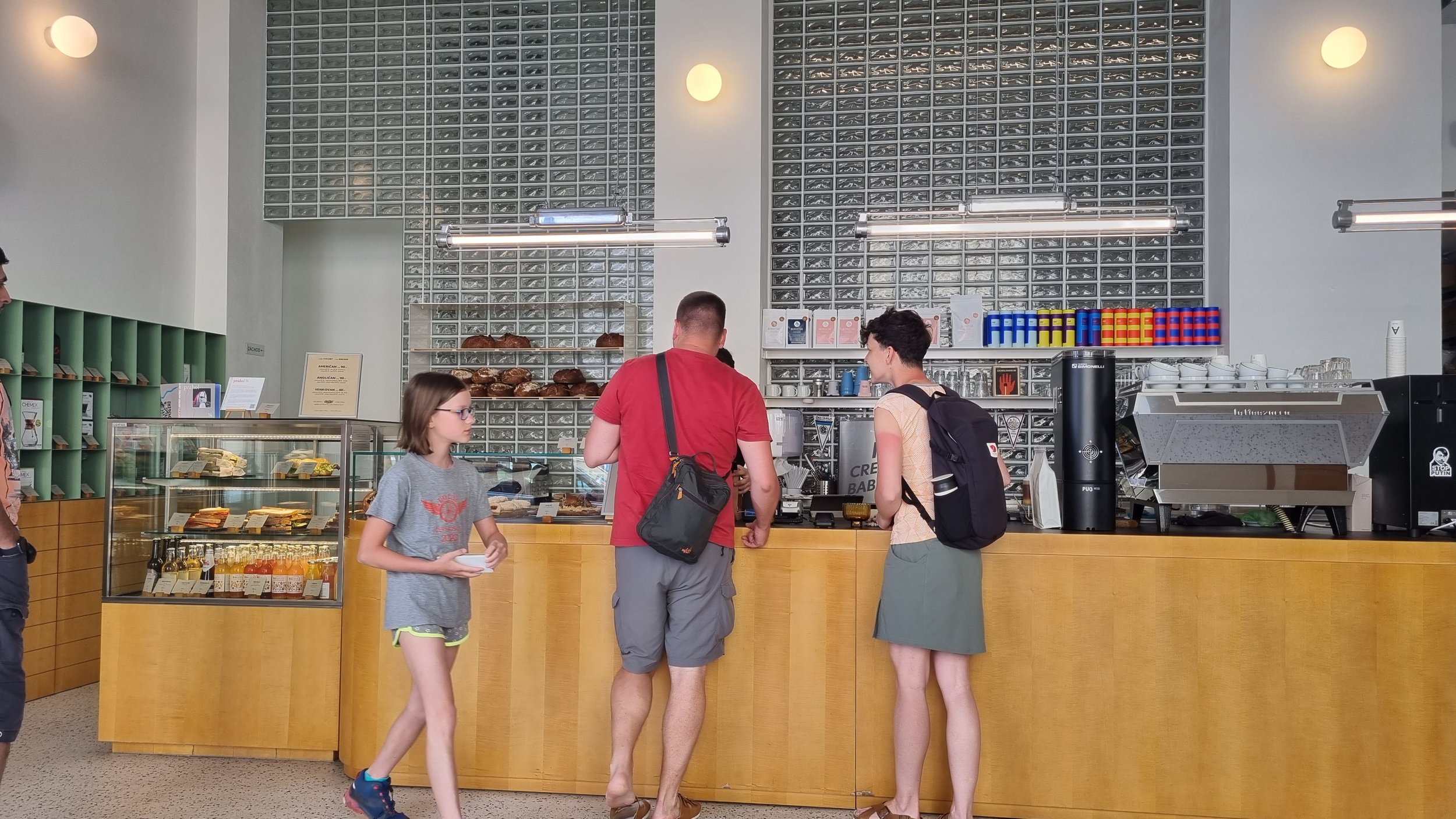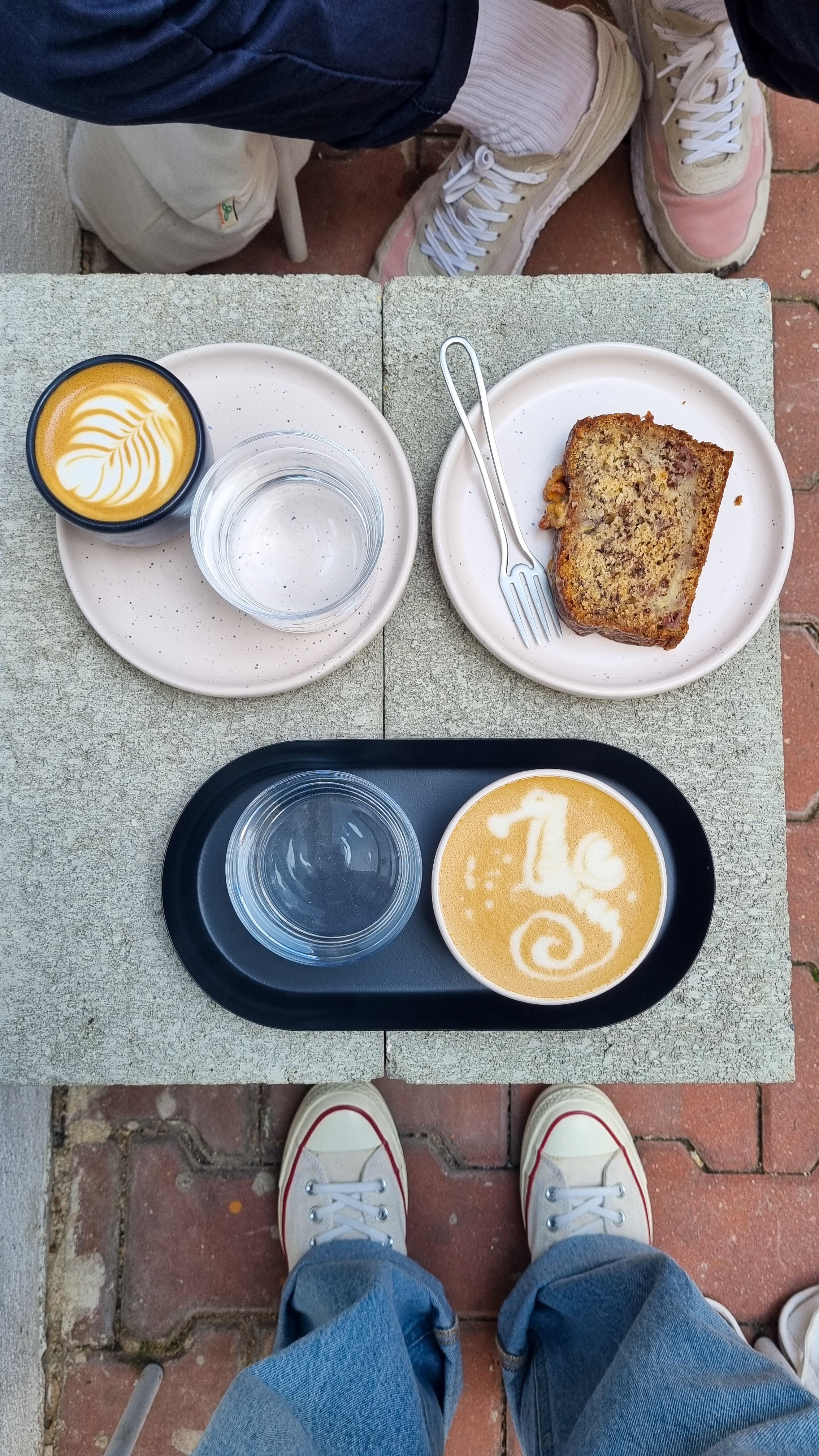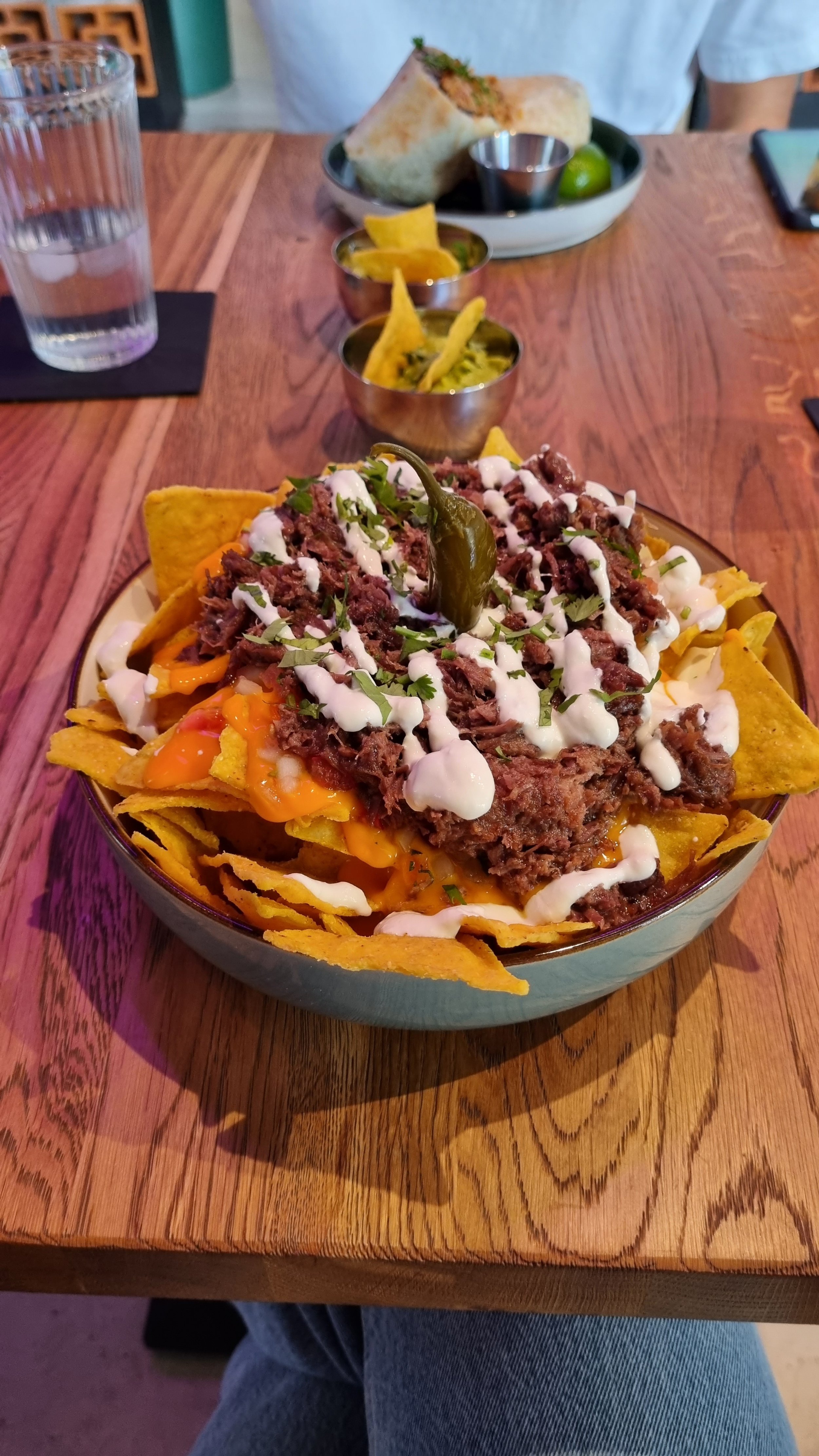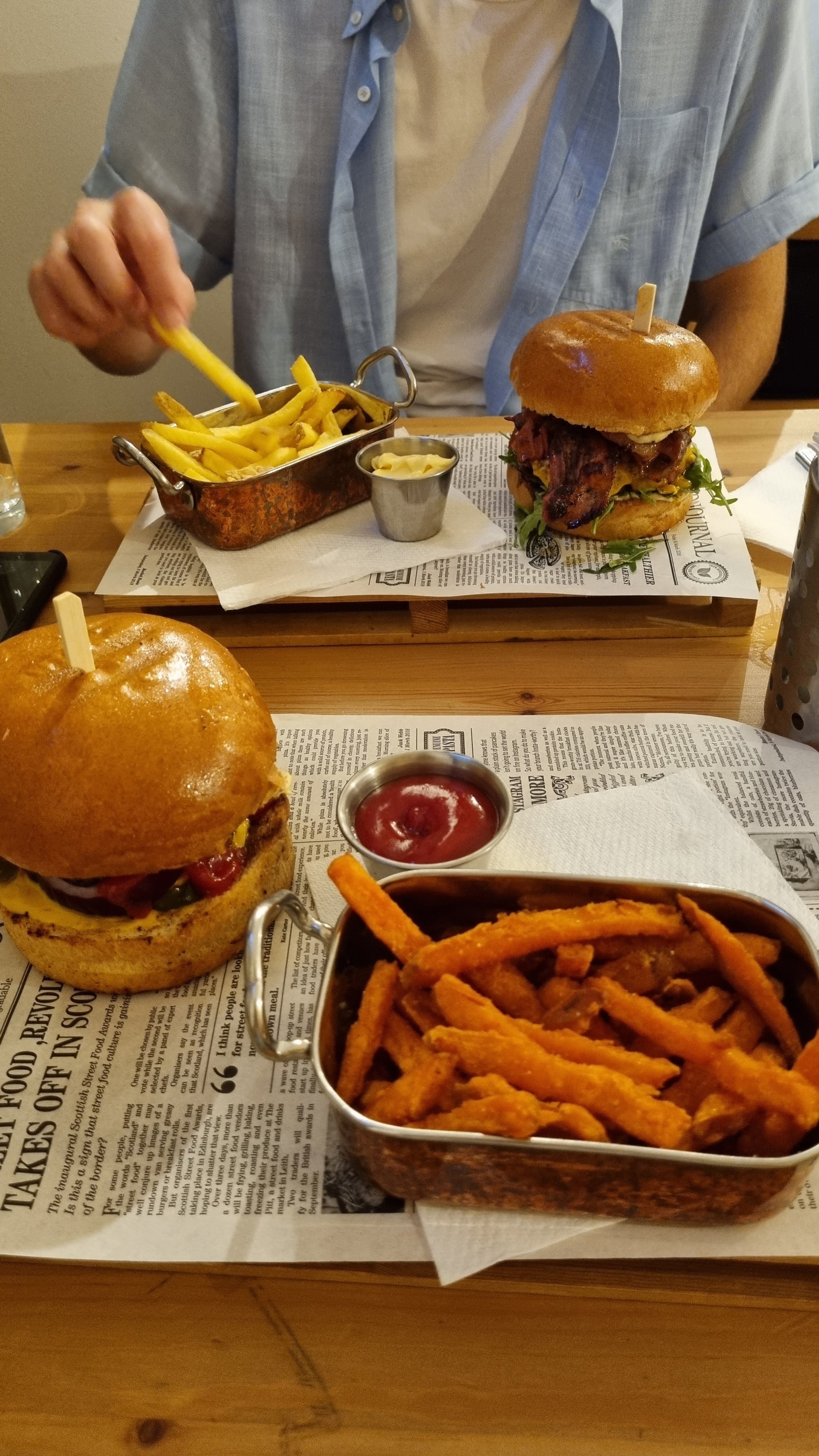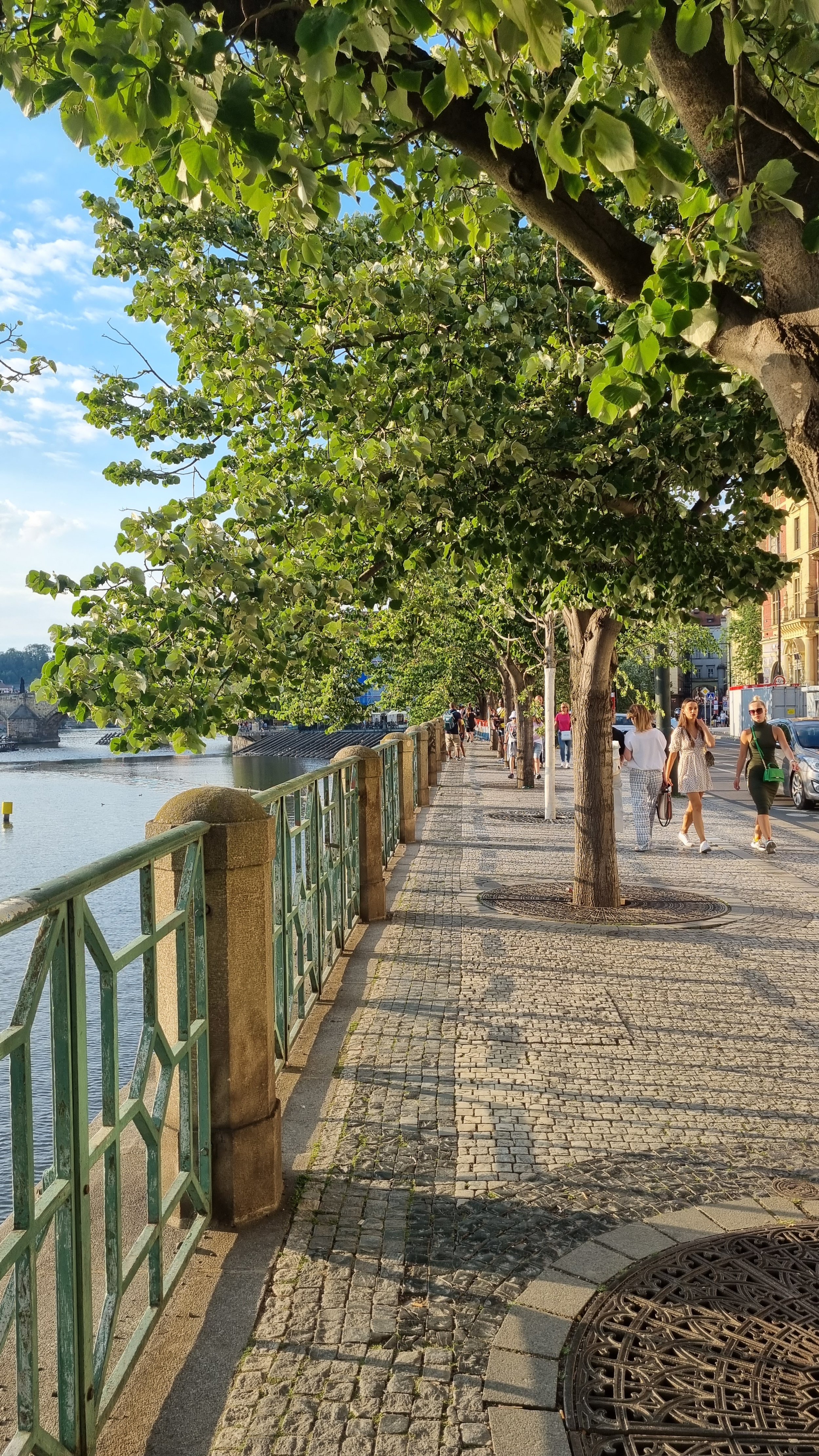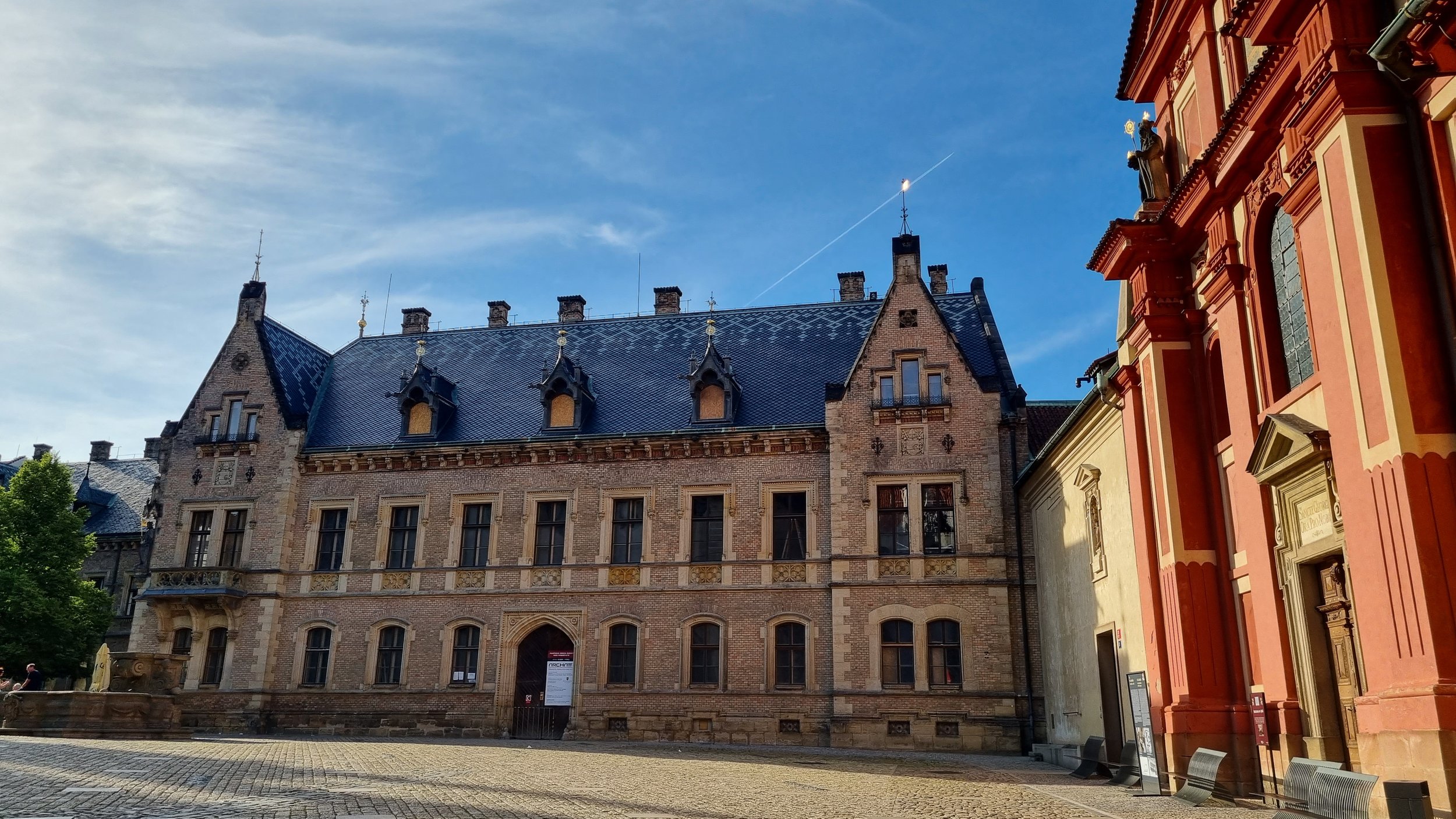
Travel Guide
Prague, Czechia
Known as the city of "a hundred spires", Prague has something for everyone - great food and coffee, interesting history and architecture, friendly people, affordable travelling, an abundant night life and more! Of all my travels in Europe, Prague is on the very top of my list (second to Girona, Spain) for having the BEST coffee in Europe. Yep, that's a big claim, but I stand by it.
Despite being a member of the EU and a Schengen country, Prague has not yet adopted the use of Euros (instead they use the Czech Koruna), so if you're travelling there, make sure you factor this in and either use a credit/travel money card, or get some cash out. Even with the currency conversion, food, coffee and accomodation are actually quite reasonable which is just a small part of the attractiveness of Prague.
There are plenty of ways to "travel" Prague. Some go for wild weekends and the party scene, but for me I wanted to take things a little slower and find the hidden gems, the local hangouts and the beauty behind the commercial tourist facade. The old town is beautiful, and while it's definitely a walkable city centre, there are plenty of public transport options, from the trams to the e-scooters.
Quick Travel Facts:
-
The Czech Koruna (or Crown) is the primary currency however Euros can sometimes be used or exchanged.
-
The primary language in Prague is Czech, however English is also widely spoken.
-
I visited Prague right before the peak season in Jun 2022. The weather was warm (despite it not being the midst of Summer yet).
Where to eat + drink:
-
I love a good, hearty Mexican feed so I was very excited to visit La Patrona. Located in one of my favourite suburbs in Prague, Karlin, La Patrona is a casual setting and good for a late lunch or dinner. The service was great and I will definitely be back when I visit Prague again.
-
Veltin is a wine bar located in the cool suburb of Karlin serving all natural wines. It's not in the centre of Prague or in a well-known tourist area, but this is what makes it extra special! The streets are beautiful and the suburb is worth a visit. If I were to come back to Prague, I would look for accomodating in this suburb. The service at Veltin was also great, and the wine is served after a discussion with the staff.
Seating is either alfresco or indoors, but you will often find the place is packed with locals. The vibe is relaxed. One of my favourite places in Prague!
-
If you're after a good old burger after walking around all day, head on over to the other side of the river and visit Loki Burgers. Crispy sweet potato fries? YES PLEASE!
-
I haven't been here yet but it's on my hit list! There are so many food and drink options in Prague, so if you get a chance to visit here, let me know what you think.
-
I haven't been here yet but the food looks bright and colourful. Definitely on my hit list when I next visit Prague.
-
This place has really nice decor and a beautiful indoor setting. For some reason, when we went we were the only ones in the wine bar. I think the atmosphere would have been better with more people, but that said, it was a really nice glass of red.
I didn't try the food, but I do know they offer plates.
-
If you're looking for something different to do, Bohemia Boards + Brews could be it. Think; a bar with loads of board games to play with your mates. Unfortunately, I didn't get a chance to go myself, but I will definitely be checking this place out next time I'm in Prague!
Best cafes:
-
Located in the cool suburb of Karlin, Grounds S16 is a cafe serving excellent specialty coffee. It's neatly tucked away down an alleyway, which means it's nice and quiet.
It's also dog friendly, has plenty of seating both inside and outside and the staff are extremely friendly. I've been searching for the best coffee in Prague and this place is right on the top of my list. Also has bathrooms which is a plus. Great tasting coffee, latte art (see the seahorse made with oat milk!) and small baked items.
-
Great coffee, great service and a lovely cafe with a decent amount of seating. It's family friendly, and they don't charge extra for oat milk!
The decor is pretty cool and slick, and they also offer a selection of bakery items including small sandwiches.
While there are a few EMA Espresso shops around Prague, I liked this one located in Karlin because it's away from the main touristy centre.
-
Cafe Jen is located out of the city centre in a nice leafy suburb. They serve both delicious coffee and breakfast options.
There's a reason why this place is often so busy. It's also a great spot to take your laptop, sit by the front window and do a bit of work or just read a book. The staff are very friendly. It's worth the trip out here if you get a chance - in fact, I hired an electric scooter and scooted my way down to the cafe.
Top things to see + do:
-
This is quite a touristy attraction but if you've never been to Prague, definitely go check it out. The Charles Bridge (originally called the "Stone Bridge") is a medieval stone arch bridge that crosses the Vltava river and is lined with statues of Catholic saints. Its construction started in 1357 and finished in 1402. It's also the oldest standing bridge in Czechia.
-
This is an expansive park with panoramic views of Prague city.
-
The Prague Astronomical Clock or "Prague Orloj" is a medieval astronomical clock attached to the Old Town Hall. It's a very touristy attraction especially on the hour, when the clock displays a show. It has a very interesting myth surrounding its making.
-
There's so much to explore around Prague Castle including the beautiful parks, the cathedral and other buildings. It's a touristy attraction but also pretty spectacular.
-
If you're looking for a nice picnic spot or walk, check out this park. When we travelled to Prague in early June, they had a beer festival on this hill/park.
-
Prague's beautiful old town square.
-
The Church of Our Lady before Týn is a Gothic church in Prague's old town centre. It's an iconic church with two distinct black spires.
Notes + Traveller’s Tips
Prague — a popular land locked travel destination located in the Czech Republic (aka Czechia). It’s not only a very affordable European city, but it’s also highly accessible, as it borders Germany, Austria, Slovakia and Poland, meaning you can easily travel there by bus, road or by plane. If you are travelling to Prague for the first time, I’ve listed a couple of fun facts and tips below.
Czech koruna not euros - While Czechia joined the European Union in 2004, they are still yet to adopt the Euro as the main currency. So if you’re travelling to Prague or surrounding cities, keep in mind you will need to use the Czech koruna (CZK). You can visit one of the many currency exchange shops when you arrive, or if you are using various currencies throughout your travel, consider a travel money card.
Walkable (or scootable?) city - Since first visiting Europe in 2015, and later returning in 2022, I was amazed to notice that so many cities have introduced e-bikes and e-scooters. Prague was no different. There are various apps you can download to hire a scooter (which I did using Lime) and explore the city that way which is lots of fun! A word of warning, be sure to check the city’s zones on the app and make sure you can leave your scooter there to avoid a potentially long walk back.
Where to stay - If you’re travelling to Prague for the nightlife, the city center will be your mecca. Prague 1 is the old town and is lined with beautiful buildings and cobbled streets. However keep in mind that the center is always going to be a little noisier at night. But if you prefer a quieter suburb away from the tourist masses, my recommendation would be to stay in Karlín — it’s close to the river and not too far from all the major tourist attractions. It’s also an up and coming neighbourhood with plenty of excellent food, coffee and wine.
The City of 100 Spires - Prague is nicknamed the ‘City of 100 Spires” and there’s good reason for it too — there are soooo many historical buildings and churches topped with pointy spires. But in fact, there aren’t just 100 of them. While the actual number isn’t confirmed, Prague has anywhere between 500-1000 spires. However, maybe “The City of 500-1000 Spires” doesn’t quite have the same ring to it?
Czechia or Czech Republic? It may be confusing at first, but Prague is located in Czechia, which is also commonly referred to as the Czech Republic. Both are in fact recognisable names and yes, they are the same country. As for which one to use? There seems to be some internal debate over this, but I’ll let you decide.
The myth of Prague’s famous astrological clock - Legend says that Prague's old clockmaker, Mikulas of Kadan was approached by other nations to build and design a similarly beautiful clock. The Prague city councillors heard of this, and out of spite, they burned Mikulas' eyes so he could never design another clock for anyone else, and so Prague would have the most beautiful clock in the world. Since becoming blind, Mikulas was driven mad and decided to take revenge against the city by hurling his body into the clock's gears — breaking the clock and subsequently dying in the process. His death by suicide cursed the clock causing anyone who tried to fix it to go mad. This is of course a myth, but makes for an interesting story about one of Prague's most popular attractions.
Left, right, goodnight - As a general rule, always ALWAYS look both ways before crossing the street. It might sound a little alarmist, but even if you come up to a clearly marked zebra crossing, these road signals are more like ‘guidelines’ than strict give-way rules.
Public transport - there’s lots of public transport options, but if you do decide to take the tram or trains, I recommend downloading the PID Lítačka mobile app to purchase tickets. Although it’s also possible to purchase tickets on-board.
Try a “trdelnik'“ - you will see these everywhere in Prague. Trdelniks are sweet, fire cooked, cylindrical donut type cakes often on a stick and filled with cream or a topping of your choice. They’re not my favourite but worth a try!











